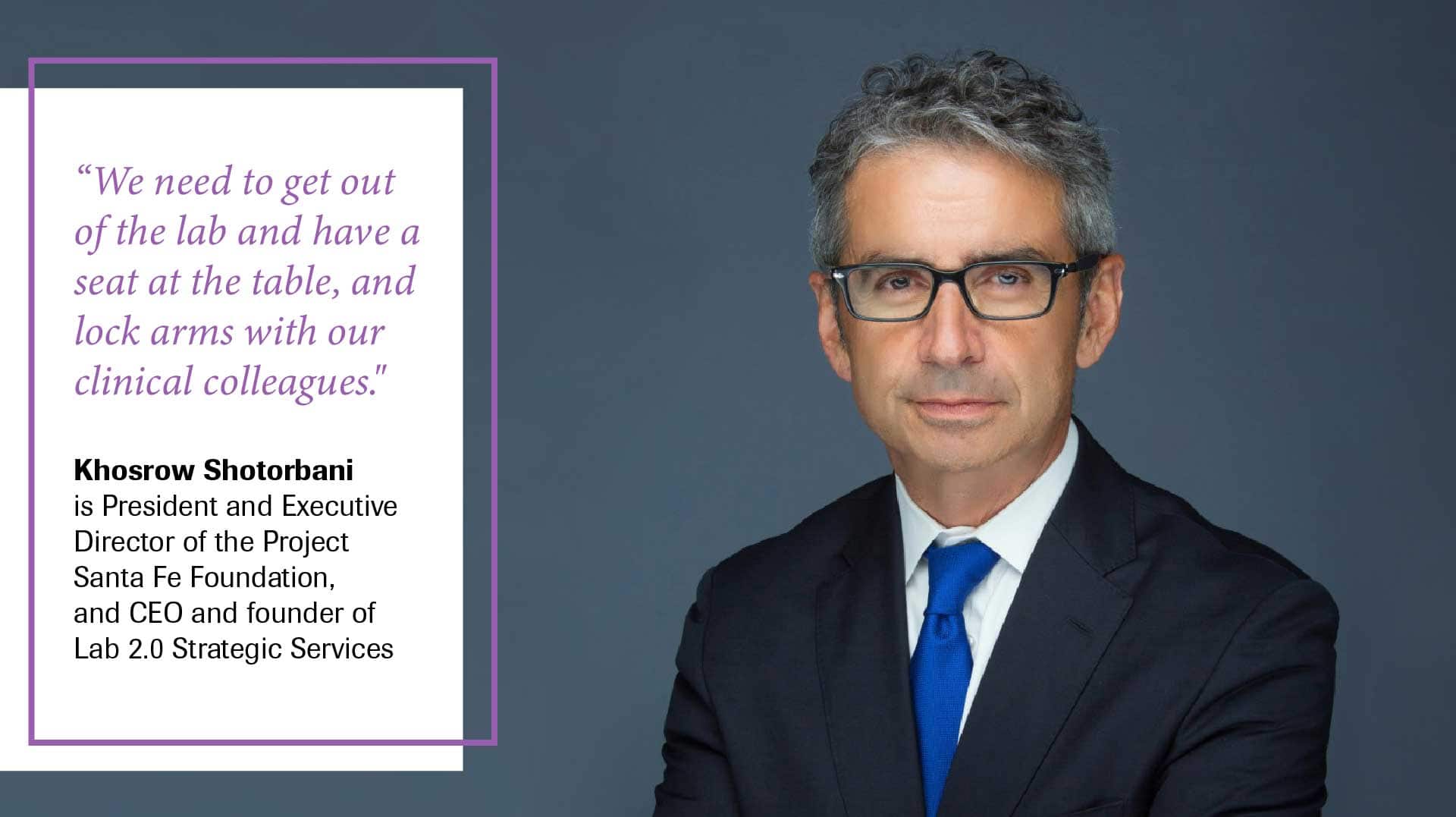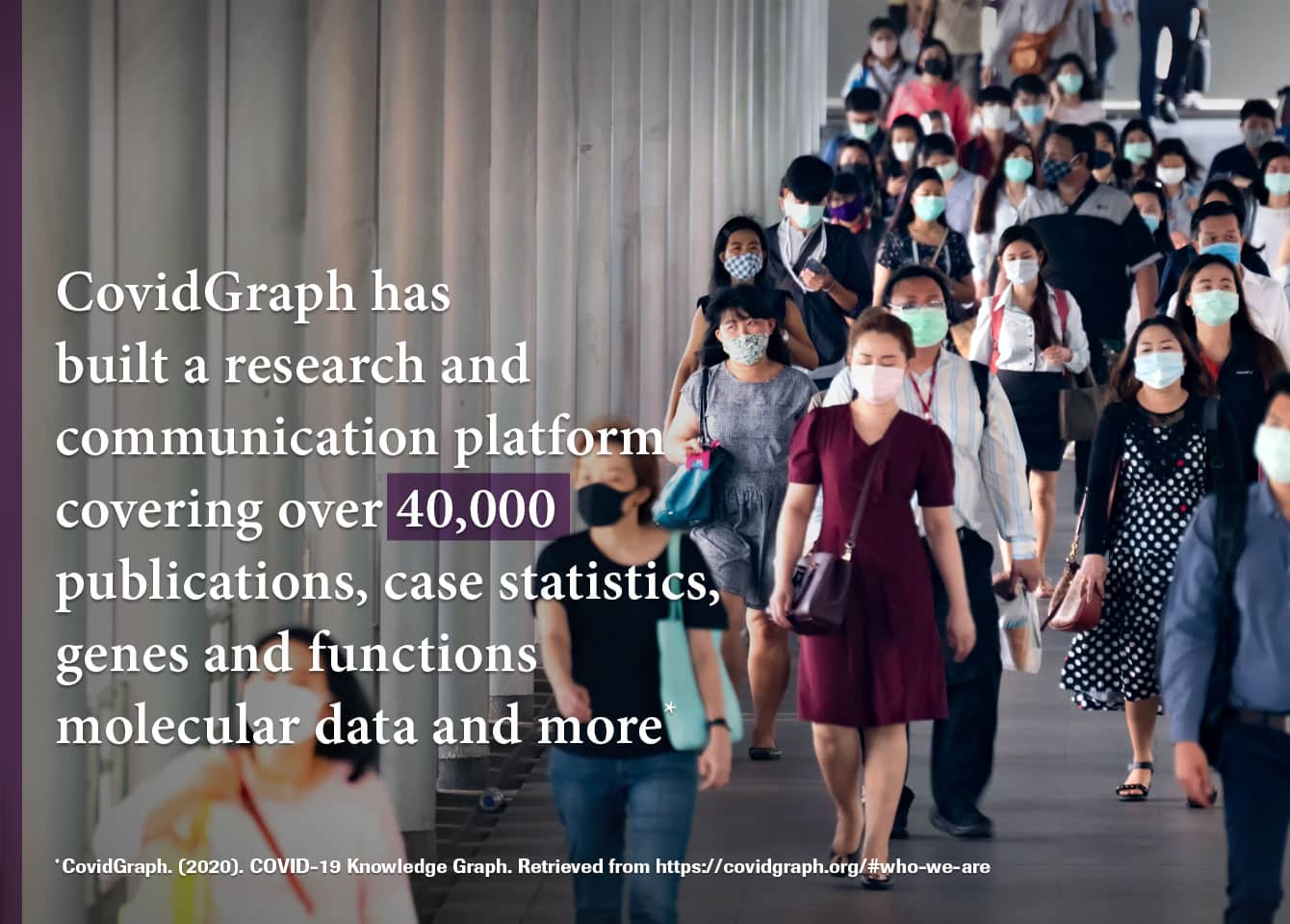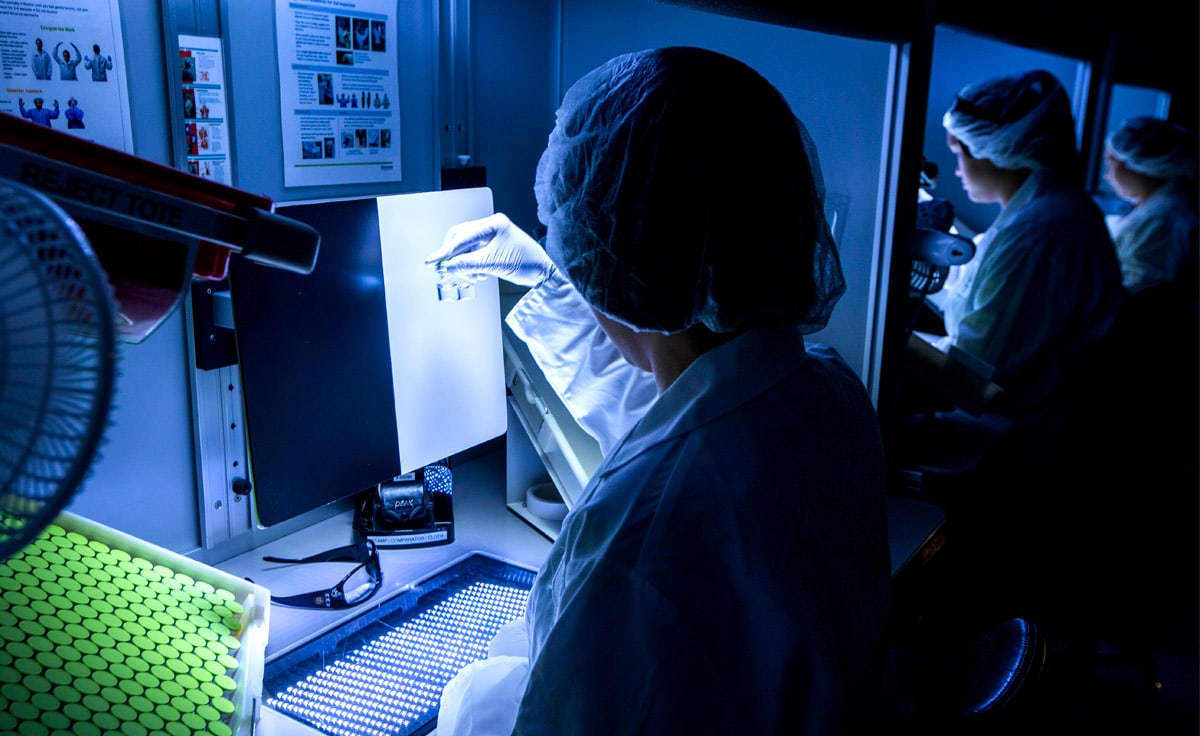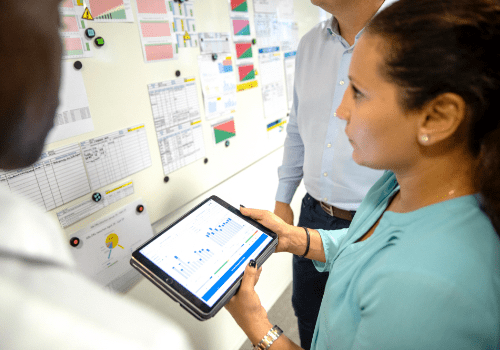When COVID-19 struck, governments faced a global population stranded behind closed doors, waiting for the outbreak to shrink to manageable proportions. While multiple COVID-19 vaccines were announced to great fanfare at the end of 2020, vaccinating entire populations will be a slow process. But in the meantime other 21st century solutions are allowing us to return slowly to normality, while finding better ways to cope in the future.
A Strategy for Coping
As coronavirus cases mounted, full or partial lockdowns became a standard first response. Countries that implemented these early and clearly together with effective methods of surveillance, tracking, tracing and testing are largely those which have seen the lowest mortality rates1.
Digital health technology has been at the forefront of bringing together all these factors.
By using real-time data collected from mobile phones, mobile payment apps and social media, the Chinese authorities were able to trace people who had visited the Wuhan market, where the disease is believed to have originated in the country, and also tighten border control and surveillance2. Nearby Taiwan used its immigration records and real-time national health insurance records to trace those potentially infected with COVID-193. In tech-savvy South Korea, the government not only instigated a stringent lockdown, but its track and trace system also used data from individuals’ real-time travel through means such as security cameras, facial recognition technology, bank card records and GPS data from vehicles and mobile phones to send emergency alerts to potential victims4. Mobile phone apps also provided a route for contact tracing in Singapore5.
Read more about digital technology in healthcare

Tools like this do far more than just help reveal the current situation, argues Khosrow Shotorbani, the President and Executive Director of the Project Santa Fe Foundation, initiator of the “Clinical Lab 2.0 Movement” and CEO and founder of Lab 2.0 Strategic Services. Data also helps power disease prevention and cost avoidance. “It’s a transition from ‘knowing what is’ to ‘knowing what will be’ in a clinical sense,” Shotorbani says. “The predictive value of lab data can help to proactively identify, track and monitor clinical risk, or disease progression in a defined population, and become a driver of early intervention for proactive care management strategies supportive of population health objective key results.”
But while digital adoption is high in many nations, some people, such as the elderly without mobile phones can fall in the cracks. To cover this population, Singapore released TraceTogether, a wearable device that complements their existing contact tracing app that comes with a battery lasting up to nine months. Elderly people without smartphones were the first to receive the device6.

Finding Solutions in Open Source
The internet began as a shared, open source for knowledge and the current global emergency has
re-opened the debate for shared data. Covidgraph.org, which describes itself as “a diverse team of scientists, developers and data people from academia and industry”, gathers knowledge on the outbreak from around the world for the free use of anybody in the fight against the virus7. Open sharing of technology like this can help experts make connections between data and accurately plan long-term solutions, in a domain of data science that is still evolving — outbreak analytics.
For these analytics to be effective however, a broad range of experts must come together to weave their expertise into solutions. In a paper for the Royal Society published in 2019 titled Outbreak analytics: a developing data science for informing the response to emerging pathogens, the authors note: “Outbreak analytics sits at the crossroads of public health planning, field epidemiology, methodical development and information technologies, opening up exciting opportunities for specialists in these fields to work together to meet the needs for an epidemic response.8”
But the breadth of stakeholders can hamper true predictive accuracy, they note. “Despite the growing body of research focusing on predicting incidence during epidemics, there are currently no gold standards and the relative performances of forecasting methods largely remain to be assessed.9”

For the world to be more prepared for the next pandemic, diagnostic labs must integrate more deeply into the medical system.
Data Sharing and the Empowerment of Diagnostics
The role of open-source knowledge will likely be reassessed once the COVID-19 crisis is over. Government stakeholders will surely clash on questions such as how surveillance of citizens and pandemic prediction can be balanced with their right to privacy. We can expect some difficult debates ahead. But few would deny that these conversations need to start now.
As does the empowerment and deeper integration of diagnostic lab leaders into the medical system. “We need to get out of the lab and have a seat at the table, and lock arms with our clinical colleagues,” says Shotorbani . “I urge pathologists, Clinical PhDs, lab leaders, and medical technologists to advance their knowledge and add to the realm of public health, population health, and/or informatics to further align the proactive nature of lab medicine in the new era of healthcare. Leadership outside of the lab is paramount!”
He also adds, “We need to tell a different story that is focused on more than just cost per unit.
COVID-19 has put diagnostics at the epicentre of healthcare. We need to amplify our value: it’s about far more than just releasing test results. The potential value of the lab does not end at the time of the result; rather, it’s where it only just begins.”
Explore more healthcare and diagnostics news
References:
1Whitelaw S., A Mamas M., Topol E., Van Spall H.G.C. (2020). Applications of digital technology in COVID-19 planning and response. The Lancet. https://doi.org/10.1016/S2589-7500(20)30142-4
2Ibid.
3Wang C.J, Ng C.Y, Brook R.H. (2020). Response to COVID-19 in Taiwan: Big Data Analytics, New Technology and Proactive Testing. JAMA. doi:10.1001/jama.2020.3151
4Op. cit. Applications of digital technology in COVID-19 planning and response.
5Ibid..
6Gov.sg. (2020). Seniors to receive their first batch of TraceTogether Tokens from 28 June 2020. Retrieved from https://www.gov.sg/article/seniors-to-receive-their-first-batch-of-tracetogether-tokens-from-28-june-2020
7CovidGraph. (2020). Retrieved from https://covidgraph.org/#who-we-are
8Polonsky J.A, Baidjoe A., Kamvar Z.N, Cori A., Durski K., Edmonds W.J. Outbreak analytics: a developing data science for informing the response to emerging pathogens. The Royal Society. https://doi.org/10.1098/rstb.2018.0276a
9Ibid.














